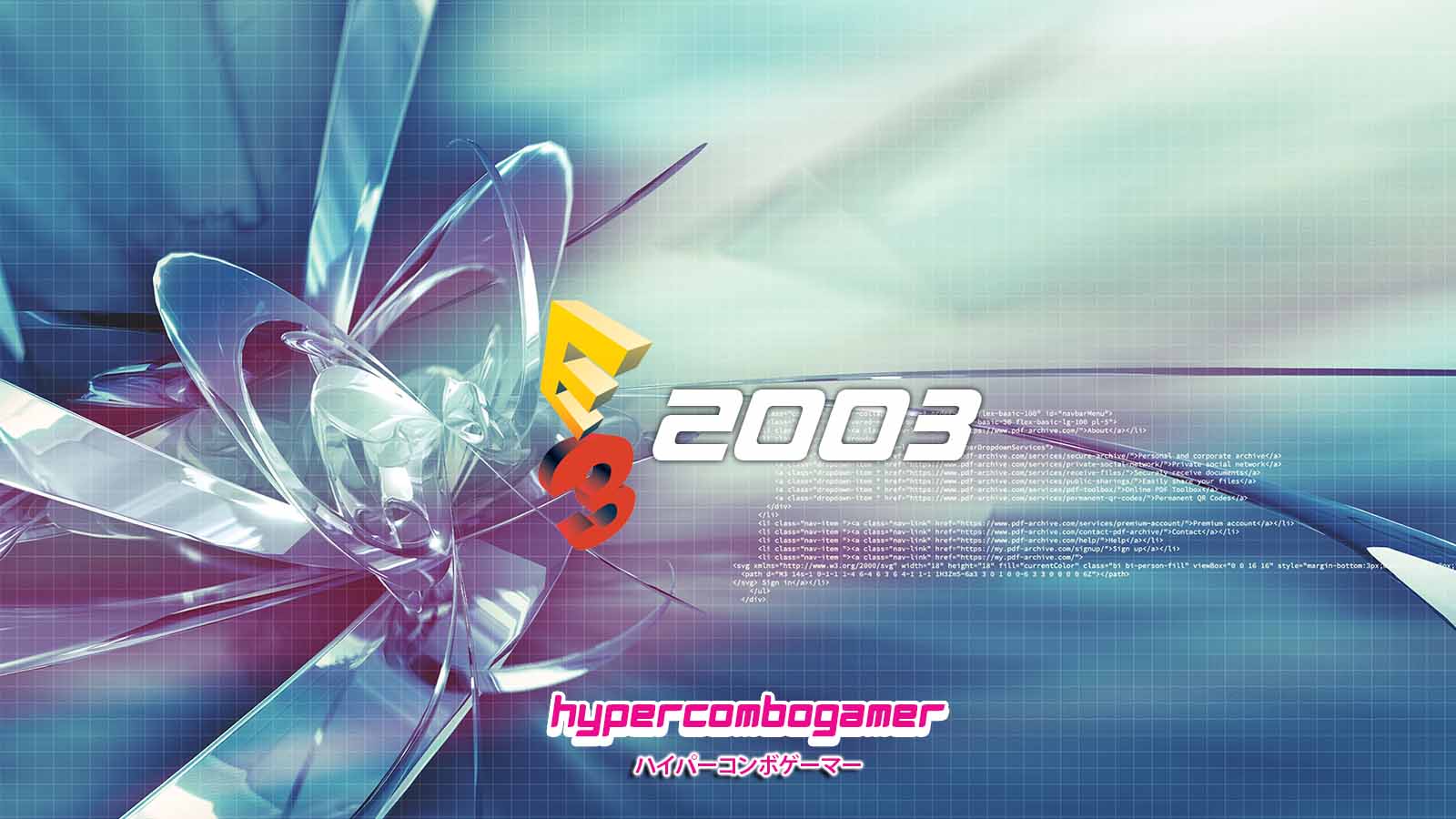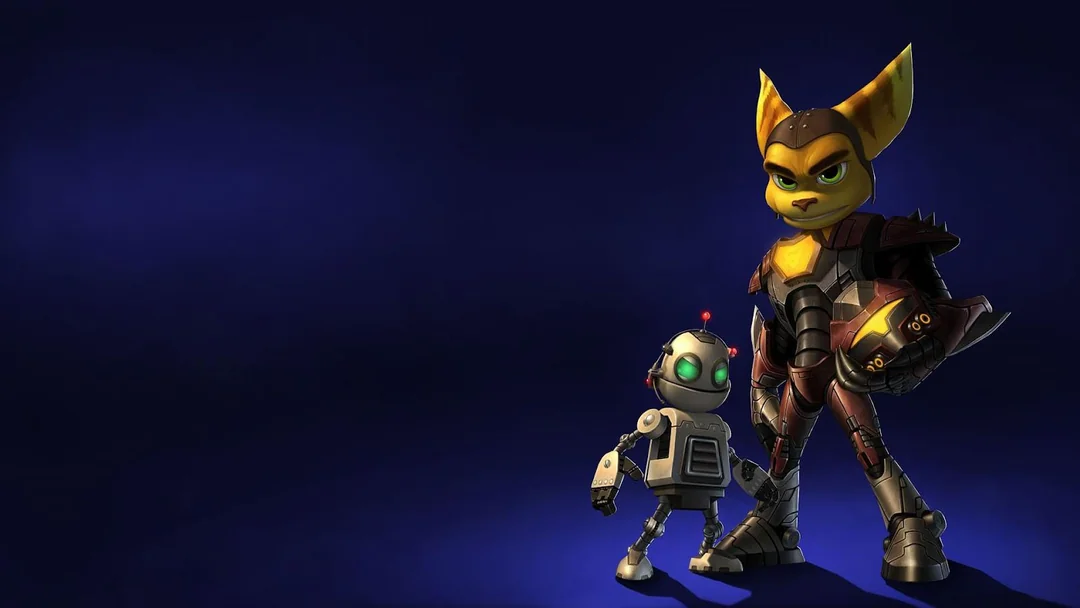For one surreal week in May 2003, the gaming industry held its breath—and then exhaled into a storm. E3 2003 wasn’t just another trade show; it was a battleground. The kind of cultural inflection where titans rise, rivals stumble, and the future quietly shifts under our feet. The console war was about to enter its most vicious, visionary phase—and nobody could quite see it coming.
What began as cautious optimism spiraled into full-blown corporate theatre. Boos, cheers, LAN-enabled GameCubes, karaoke EyeToys, and one awkward N-Gage dance-off. It was beautiful. It was chaotic. It was unforgettable.
Nintendo: Riding High, But Running on Fumes
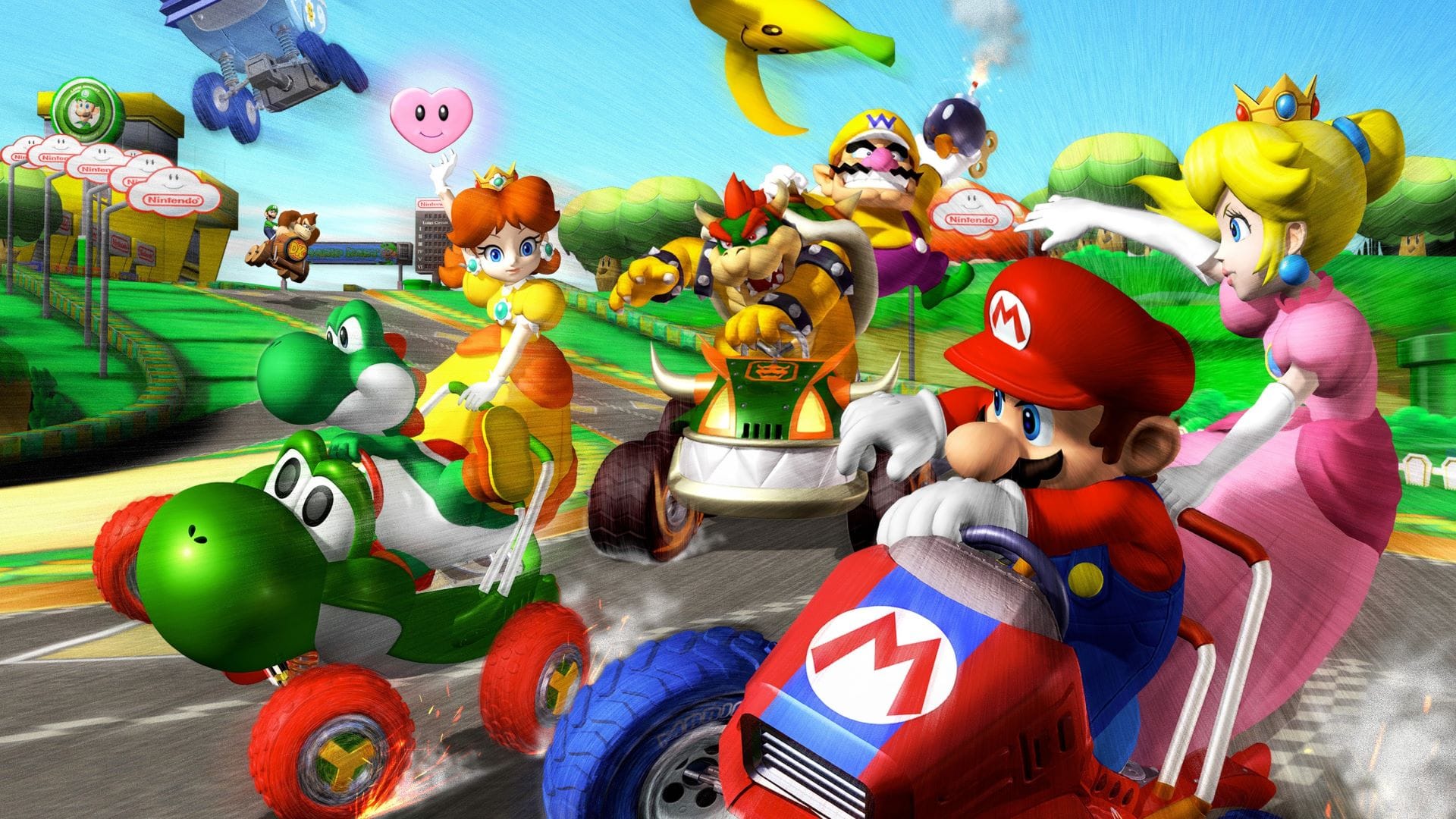
Coming into E3 2003, Nintendo looked untouchable. The GameCube had just delivered a near-mythical trifecta—Super Mario Sunshine, Metroid Prime, and The Legend of Zelda: The Wind Waker—within a 12-month span. It was the kind of generational output fans dreamed of, with all three pillars of Nintendo’s holy trinity firing in quick succession. For a brief moment, the Big N looked like it was about to reclaim the crown.
But lightning doesn’t strike twice—especially not in a single dev cycle. Heading into E3, it was clear that Mario, Samus, and Link were all taking the year off. The GameCube’s A-list had just wrapped its world tour. The question on everyone’s mind: what now?
With its megaton mascots on sabbatical, Nintendo turned to its bench. F-ZERO GX promised to push the GameCube’s hardware into warp speed. Wario World tried to give the greedy anti-hero his long-overdue 3D spotlight. And Star Fox Armada—still a mystery at the time—looked like a bold attempt to revive a franchise stuck in orbit. The message? The B-team was suiting up for prime time.
Then came a curveball. Mario Kart: Double Dash wasn’t just a new entry—it was Nintendo’s experimental leap into networked multiplayer. LAN support on the GameCube? It sounded absurd. It also sounded awesome. Up to 16 players, two per kart, connected by cables in a pre-Wi-Fi world. It was weird, impractical, and deeply Nintendo.
Nintendo’s third-party relationships had always been, well, complicated. But in 2003, something shifted. Capcom dropped the mic with Viewtiful Joe, a cel-shaded brawler that looked like a comic book come to life. Soul Calibur II gave Link his fighting game debut, instantly making the GameCube version the definitive one. And Final Fantasy Crystal Chronicles—with its GBA link-cable setup—was a bold if baffling attempt to rewrite the rules of multiplayer RPGs.
While the GameCube fought for relevance, the Game Boy Advance SP was absolutely printing money. The sleek, backlit redesign was a triumph, and its sales dominance gave Nintendo an undeniable win in the handheld space. But that joy was short-lived—Sony’s announcement of the PlayStation Portable sent shockwaves through the industry. Nintendo’s decade-long grip on portable gaming had just been officially challenged.
If E3 press conferences are meant to generate hype, Nintendo’s 2003 showing did the opposite. Pacing issues, lackluster reveals, and a general air of corporate unease made it feel more like a board meeting than a bold vision. The crowd didn’t boo—but they didn’t cheer, either.
By the end of the show, something was clear: Nintendo had entered E3 riding high on recent successes, but left with more questions than answers. The magic was still there, flickering beneath the surface—but it needed fuel. And fast. As Sony flaunted the future and Microsoft sharpened its edge, Nintendo found itself in a precarious position: still respected, still relevant—but no longer untouchable.
Sony: Flashy, Fast, and Full of Firepower
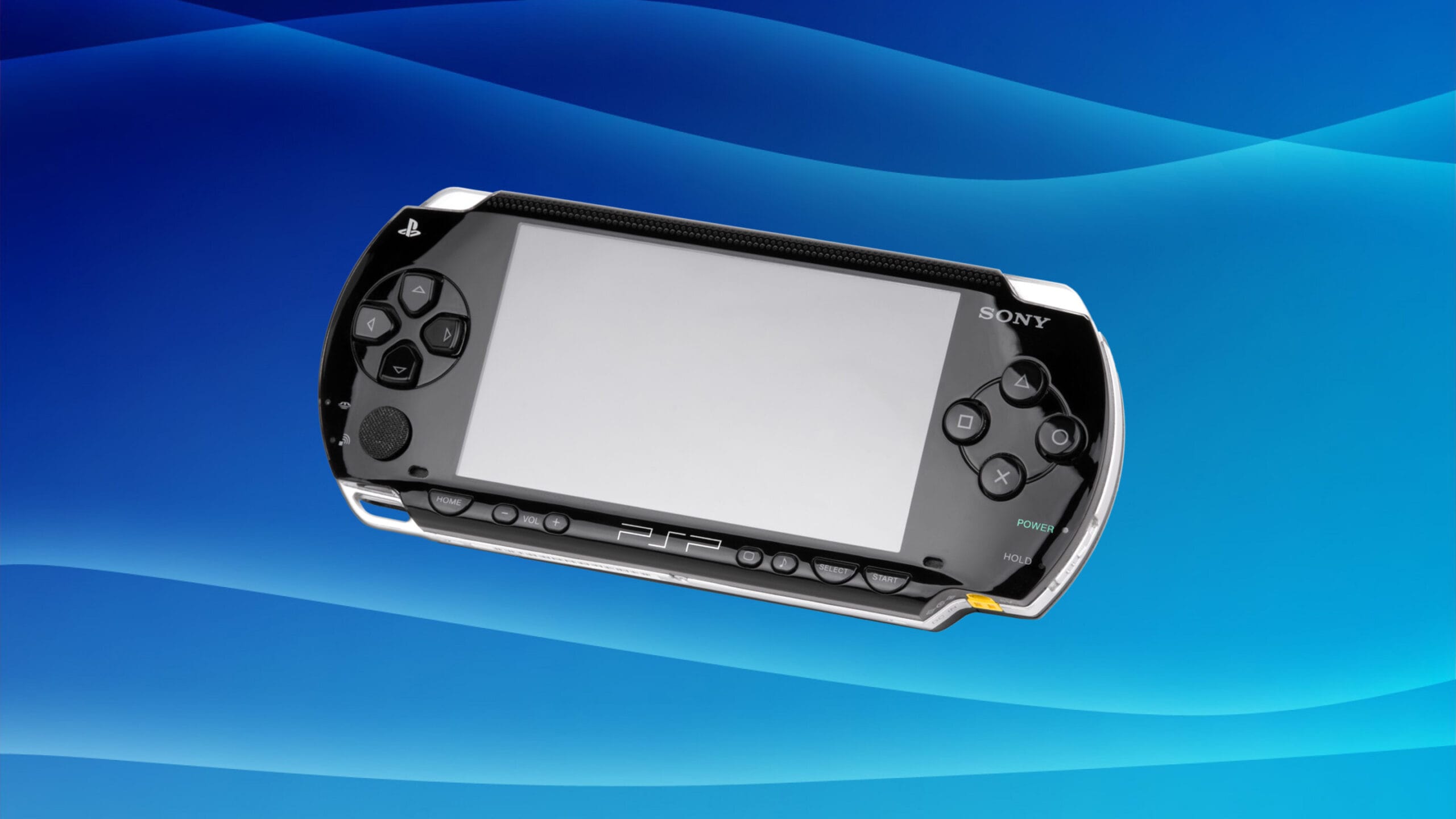
When Kaz Hirai took the stage at Sony’s E3 2003 press conference, it wasn’t a presentation—it was a coronation. With the PlayStation 2 sitting comfortably atop the industry with over 50 million units sold, Hirai kicked things off with a smirk and swagger, echoing his infamous line from the year before: “The console wars are over.” The data backed him up. Sony wasn’t just leading—it was dominating.
Then came the flex. Polyphony Digital’s Kazunori Yamauchi introduced Gran Turismo 4, and jaws dropped. This wasn’t just a racing game—it was a love letter to automotive detail. Improved physics, real-world tracks, meticulous lighting, and car models so lifelike they bordered on obsessive. A quiet countryside demo with grass swaying gently in the breeze made the crowd gasp. It was serene. It was surreal. It was Sony saying, “Look what our machine can really do.”
Just as things settled, Sony went weird. Dr. Richard Marx (not the ’80s crooner) unveiled the EyeToy—a USB camera that let players punch, swipe, and dance through games without a controller. It was delightfully offbeat. Cleaning virtual windows in Wishy Washy or kung-fu fighting enemies by flailing your arms didn’t exactly scream “killer app,” but it turned heads. Sony wasn’t afraid to get weird—and it worked.
Sony’s software slate was a mic-drop of its own. Jak 2 amped up the attitude with a dystopian twist. Ratchet & Clank: Going Commando returned with bigger weapons, tighter combat, and that same irreverent charm. The PS2’s mascot era was alive and well—and maturing with its audience.
Then the bomb dropped. Ken Kutaragi walked on stage and, without warning, unveiled a new piece of hardware: the PlayStation Portable. It was sleek. It was powerful. And it was aimed squarely at Nintendo’s jugular. Sony’s portable dream machine promised PS2-quality visuals, disc-based games, and multimedia playback. It wasn’t just a handheld—it was a full-frontal assault on the Game Boy dynasty.
Nintendo had been basking in the GBA SP’s success. Suddenly, the air was gone. In a single announcement, Sony shifted the conversation. What had been a celebration of Nintendo’s handheld dominance turned into panic. The GBA looked quaint next to the PSP’s sci-fi allure. And worst of all? Nintendo had no answer.
The most brutal twist? Sony’s press conference came right before Nintendo’s. By the time the Big N took the stage, the crowd had already seen the future—and it wasn’t purple and boxy. It was black, widescreen, and slick as hell. Nintendo’s subdued showing felt like a whisper in the wake of Sony’s roar. In that moment, the industry felt the shift. Sony hadn’t just stolen the show—they’d rewritten the script.
Microsoft: From Underdog to Big Talker
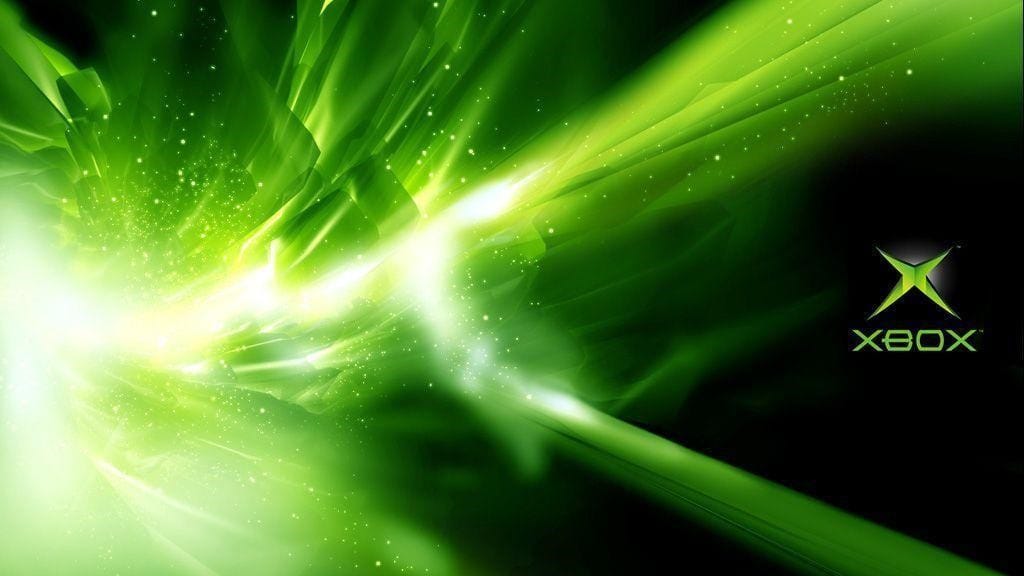
Microsoft didn’t just show up to E3 2003—they owned their moment. With Xbox sales finally gaining traction, the company’s “big three”—Robbie Bach, J Allard, and Ed Fries—strode onstage like a startup that had just become a serious contender. Their collective tone was part tech visionary, part frat party emcee, and fully confident. They knew they were no longer the outsider.
Microsoft flexed its horsepower early with Project Gotham Racing 2 and Crimson Skies: High Road to Revenge. PGR2 looked stunning, boasting new cities like Florence and Chicago, a pristine car roster, and that signature Kudos system. Meanwhile, Crimson Skies delivered high-flying, cinematic action with explosive dogfights that proved Xbox wasn’t just about raw power—it had style too.
Then things got… unexpected. Microsoft unveiled the Xbox Music Mixer, a multifunctional experiment that let users play music, view photos, and even sing karaoke. It was pitched as a gateway to the “Digital Entertainment Lifestyle”—a bold move that made the Xbox feel less like a console and more like a living room hub. Ambitious? Yes. Confusing? Also yes.
Where Microsoft really hit its stride was with Xbox Live. The updates showcased a console generation ahead of its time—structured tournaments, integrated voice chat, and the ability to schedule matches with alerts sent directly to your mobile or PDA. It was the first real glimpse at console-connected gaming as we know it today. Sony was dabbling in online. Microsoft was mastering it.
XSN (Xbox Sports Network) was Microsoft’s answer to the growing demand for competitive online play. Titles like Top Spin, Inside Pitch 2003, and NHL Rivals 2004 were being folded into a new, unified infrastructure that let players track stats, rankings, and tournaments across the board. Sports weren’t just a genre anymore—they were an ecosystem.
Among the big-budget sequels and shooters, Microsoft made room for originality. Psychonauts, with its offbeat psychic combat and surrealist aesthetic, immediately stood out. Kameo: Elements of Power, meanwhile, teased a fantasy epic with shapeshifting gameplay and high production value. Both titles hinted that Xbox wasn’t just chasing trends—it was investing in imagination.
In 2001, Microsoft was the rookie. By 2003, they were throwing elbows at the table. With Xbox Live maturing into a killer feature, a solid stable of exclusive titles, and a loud, tech-savvy swagger, Microsoft proved it was in the race for real. It wasn’t just about catching up to Sony or Nintendo anymore—it was about carving its own identity. And that identity was loud, online, and undeniably American.
Nokia: When Cringe Took the Main Stage
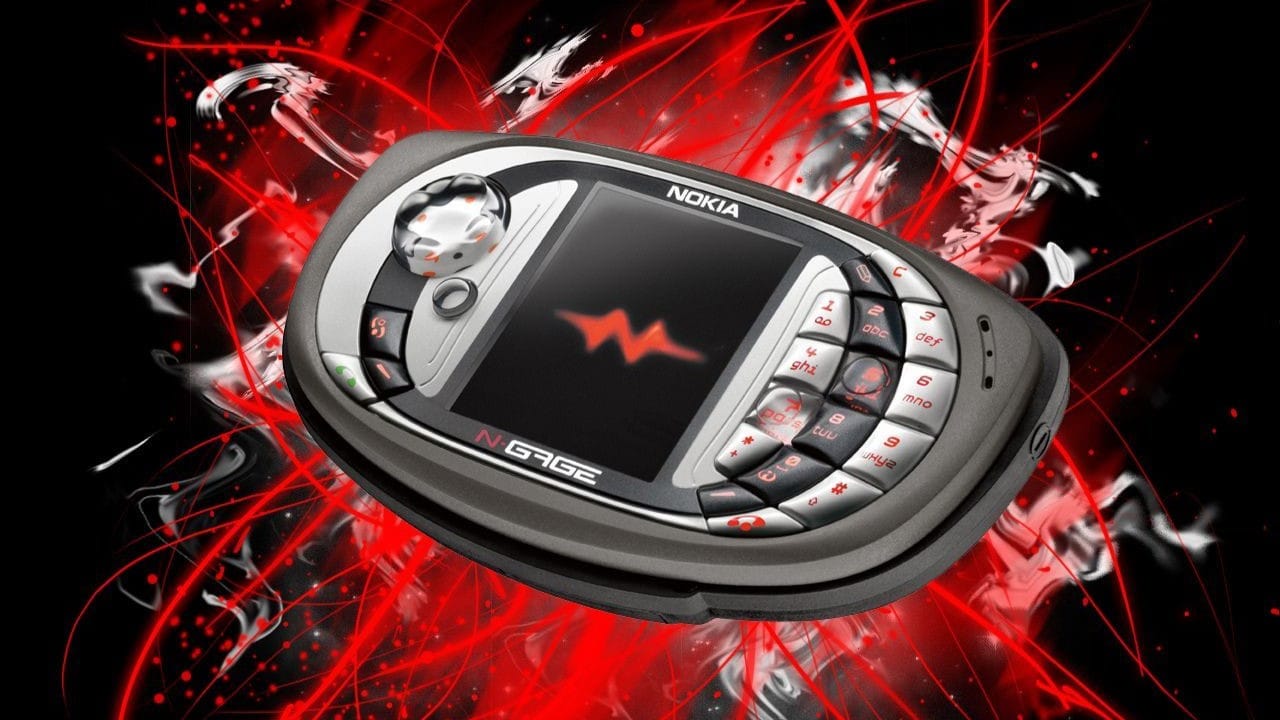
No one expected Nokia to steal the show at E3 2003—but few anticipated just how spectacularly they’d crash it. The N-Gage press conference opened with a group of painfully out-of-place suburban kids awkwardly breakdancing to Finnish-flavored hip-hop. The energy was off. The execution? Worse. And just when the audience thought things couldn’t get more bewildering, two grim-faced Nokia executives emerged like nightclub bouncers at a spelling bee.
The N-Gage’s game demos were meant to silence critics. Instead, they confirmed fears. A grainy Tomb Raider port stumbled across the screen with all the grace of a dying pager. Then came a “new” WWII game—except it was just FMV footage so pixelated it looked like it had been streamed through a potato. The crowd wasn’t just unimpressed—they were confused.
Then came the moment. One of the stern-faced execs turned to the crowd and asked, “How much would you pay for this?” It landed with the grace of a lead balloon. The line felt ripped from a bad infomercial and only highlighted how painfully out of touch Nokia was with gaming culture. The silence that followed spoke volumes.
The N-Gage should’ve been a disruptor: a mobile phone that also played real games. But between its taco-shaped form factor, baffling UI, and a showcase marred by tone-deaf theatrics, it quickly became an industry punchline. What Nokia hoped would be a bold debut instead became a case study in how not to launch a console.
Best Games of E3 2003
E3 2003 wasn’t short on spectacle, but beyond the bluster and buzzwords, a handful of games genuinely stole the show. These weren’t just tech demos or flashy teasers—they were real, playable experiences that left jaws on the floor and hype in the bloodstream.
Gran Turismo 4 (PS2)
Polyphony’s Technical Masterclass: With Gran Turismo 4, Polyphony Digital returned with precision-engineered vengeance. GT4 wasn’t just another racing game—it was a symphony of rubber, metal, and sunlight. 100+ cars on display, photorealistic replays, and an obsessive level of detail that bordered on the monastic. It was the gold standard of simulation—and a reason to own a PS2 all by itself.
Mario Kart: Double Dash!! (GameCube)
Nintendo’s Biggest Crowd-Pleaser: Mario Kart: Double Dash!! didn’t just refine the formula—it reinvented it. With two riders per kart, LAN support for up to 16 players, and chaotic new items, Double Dash!! was a party game disguised as a competitive racer. For many, it was the reason to keep the GameCube plugged in.
F-Zero GX (GameCube)
Fast, and Brutal, and Uncompromising: F-Zero GX was Nintendo’s most hardcore offering of the show—a visual and mechanical marvel forged in partnership with Sega’s Amusement Vision. Lightning-speed tracks, punishing difficulty, and a pulse-pounding soundtrack made it a cult classic in the making.
Project Gotham Racing 2 (Xbox)
Microsoft’s Answer to Gran Turismo: Project Gotham Racing 2 was sleeker, louder, and more stylish sequel to the 2001 Xbox racing game. With real-world cities, online functionality, and the addictive “Kudos” system returning, PGR2 proved the Xbox wasn’t just for shooters—it could burn rubber with the best of them.
Viewtiful Joe (GameCube)
Capcom’s Left-Field Superhero Brawler: Viewtiful Joe blended cel-shaded charm with brutal challenge. It was quirky, loud, and utterly unlike anything else on the show floor. With its “VFX Powers” and comic book flair, Viewtiful Joe was more than just a stylish action game—it was a love letter to arcade energy and Saturday morning cartoons.
Ratchet & Clank: Going Commando (PS2)
Insomniac’s Sophomore Outing: Going Commando delivered the perfect blend of tight platforming, chaotic gunplay, and sly humor. With more weapons, bigger worlds, and tighter gameplay than its predecessor, Going Commando didn’t just improve the formula—it turbocharged it. Mascot gaming was alive and well, and Ratchet was leading the charge.
E3 2003 in Hindsight
E3 2003 may well have been the final real stand for the GameCube. With no new entries from Mario, Metroid, or Zelda, Nintendo leaned hard on second-tier franchises and third-party partnerships. F-ZERO GX, Wario World, and Final Fantasy Crystal Chronicles offered hope, but the writing was on the wall. The LAN-enabled Mario Kart: Double Dash!! was a bold step, yet the console’s momentum was already waning. It wasn’t a collapse—but it was clearly the beginning of the end.
For Sony, 2003 marked the top of the mountain. The PS2 was outselling its competitors by a landslide, its software library was second to none, and its hardware roadmap had audiences stunned. Gran Turismo 4 wowed the crowd, beloved mascots were thriving, and the PSP reveal was a calculated uppercut to Nintendo’s dominance. Sony wasn’t just winning—it was dictating the terms of victory.
Still a relative newcomer, Xbox finally stopped chasing shadows and began building its own legacy. With Xbox Live evolving rapidly and exclusives like Crimson Skies and Project Gotham Racing 2 turning heads, Microsoft was defining itself as the online-centric, innovation-first alternative. E3 2003 showed that Xbox had matured—and was now a threat the industry could no longer ignore.
Nokia’s N-Gage came into E3 with ambition and left as a cautionary tale. The cringe-worthy conference, awkward hardware design, and underwhelming software lineup doomed it before it could compete. What could’ve been a bold fusion of mobile and gaming instead became an infamous misfire, remembered more for its taco-shaped form factor and marketing blunders than anything it brought to the table.
Looking back, E3 2003 wasn’t just a product showcase—it was a crossroads. The lines between handheld and console gaming began to blur. Online connectivity started becoming a standard, not a bonus. And yet, no one could predict the seismic shifts just around the corner: HD gaming, digital storefronts, motion controls, mobile dominance. It was a moment suspended in time—when possibilities stretched wide open and every company believed it could own the next era. E3 2003 didn’t just reflect where gaming was. It quietly shaped where it was going

